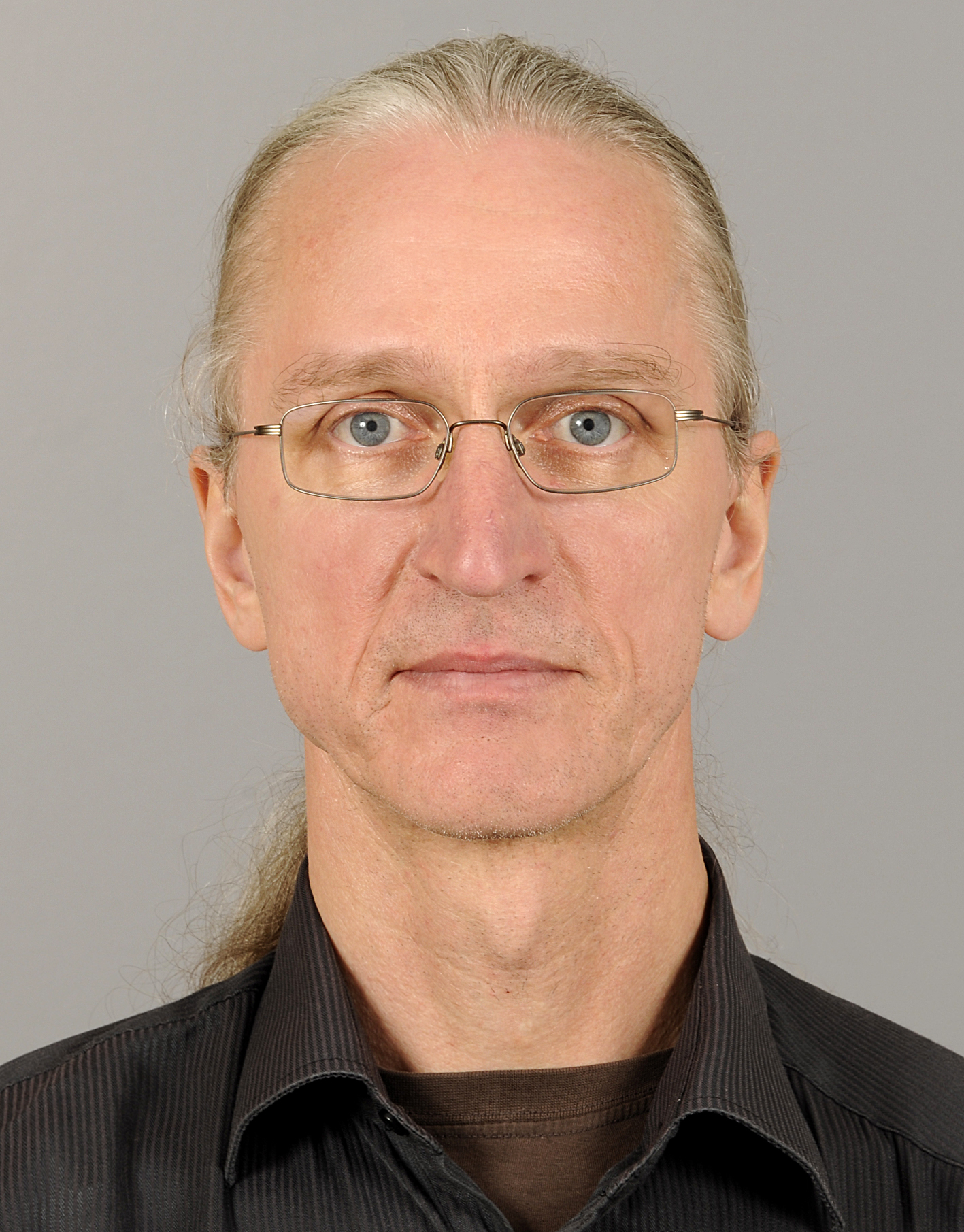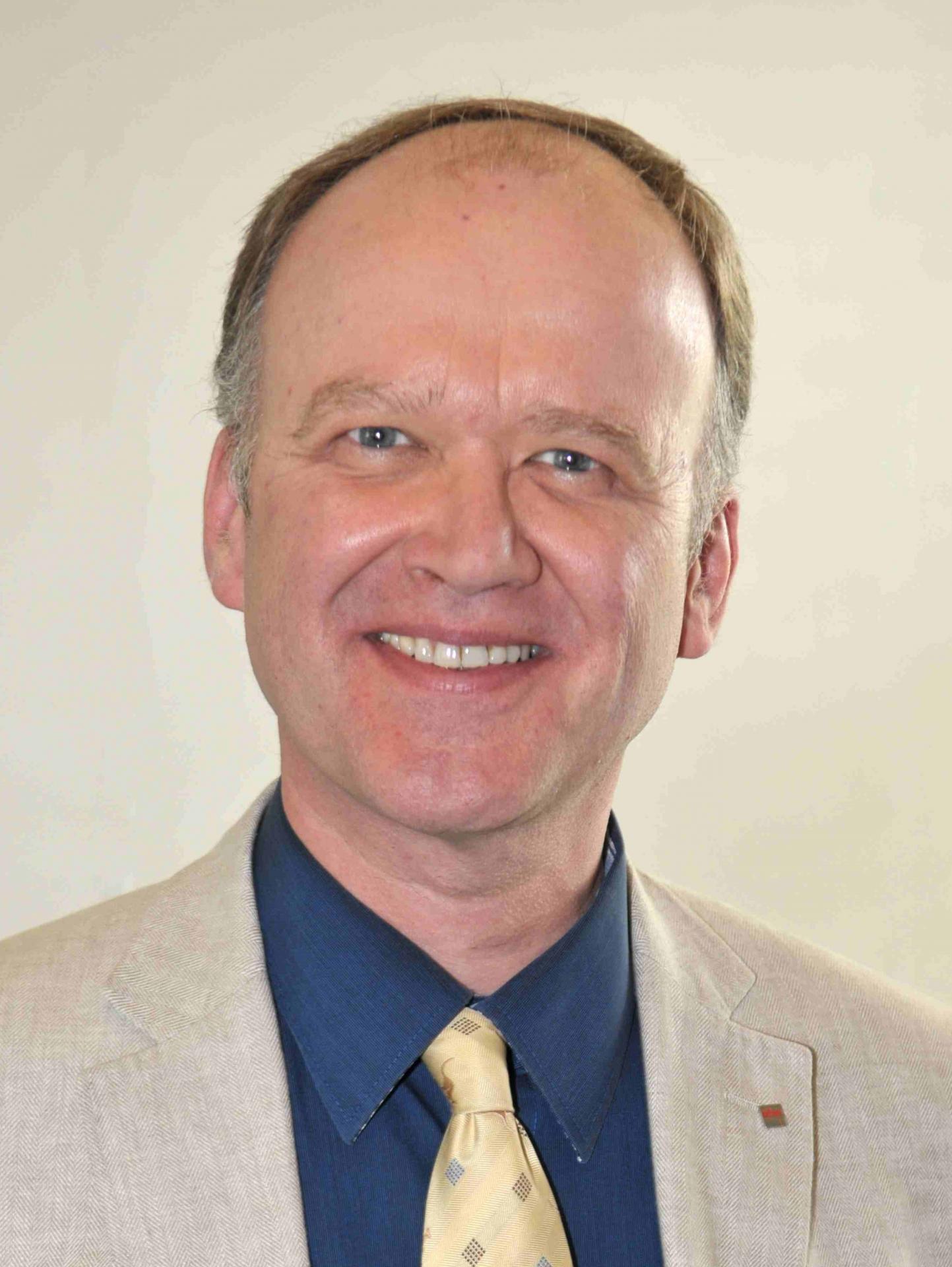TOM10: Frontiers in Optical Metrology
Chairs
 |
Bernd Bodermann Physikalisch-Technische Bundesanstalt (DE) |
 |
Ralf Bergmann
Bremer Institut für angewandte Strahltechnik GmbH (DE) |
Synopsis
This Topical Meeting is designed as a forum for application-oriented basic and applied optical metrology techniques. This includes basic methods, fundamental limits, measurement techniques and their applications, foundations of applied metrology as well as future trends and topics. As optical metrology methods are generally non-contact, non-destructive, fast, reliable, have a high precision and can sometimes even be used in a rugged environment, they lend themselves very much to industrial applications such as process development, in line processing and quality control.
However, since industrial demands are sometimes very specific and increasingly challenging, there is a continuous requirement for more ruggedness, higher resolution, faster measurement and evaluation to name only a few constraints. This situation not only calls for evolutionary improvement, but also asks for new ideas or even new paradigms. However, besides developing new methods and paradigms, also rigorous modelling and simulations deserve due attention, especially in the emerging fields of computational metrology. Finally, an assessment on the absolute performance in terms of resolution and measurement uncertainty stresses the role of traceability to internationally recognized primary metrology standards. These, in turn, translate into calibration efforts to obtain metrically valid and consistent results.
EOSAM is an excellent opportunity not only to focus on the frontiers of optical metrology, but also to interact with many international experts on neighbouring topics, such as Optical System Design, Biophotonics, Metamaterials or Diffractive Optics. We are looking forward to meeting you in Porto!
Topics
- Interferometric form measurement techniques (Digital Holography, Shearing Interferometry, White-Light Interferometry etc.)
- Non-interferometric form measurement techniques (Geometrical optics e.g. Fringe Projection, Structured Light, Deflectometry)
- High precision metrology of large objects or large feature to size ratio (3D imaging, 3D shape)
- Microscopy (2D and 3D-imaging, high-NA systems, Optical Tomography, Quantitative Phase Imaging, non-interferometric phase sensitive microscopy, phase retrieval, high speed microscopy, microscopy in flows, …)
- Resolution- and sensitivity-enhancement techniques (superlensing, magneto-optics, plasmonics, field engineering, quantum-enhanced measurements)
- Computational metrology (e.g. Computational Shear Interferometry, image processing, artificial intelligence)
- Optics design and rigorous electromagnetic simulations (e.g. reduction of measurement uncertainty, scattering and diffraction problems)
- Non-imaging techniques (optical scatterometry, ellipsometry, Mueller-polarimetry) e.g. for nanometrology and surface and thin layer characterization
- Non-destructive testing with optical methods (Inspection, monitoring, displacement, deformation, defect detection, aberration measurement)
- Measurement uncertainty, calibration and standards (Primary and transfer standards down to nano-metrology, uncertainty budgeting)
- In-process measurement (3D- and 4D-Metrology, high speed techniques, defect detection)
